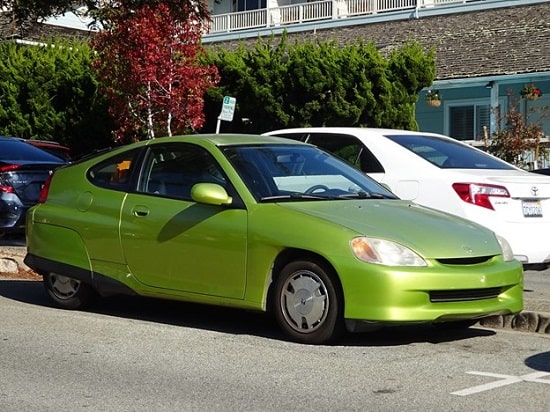Heater Insight
By Chris Holley, MACS Contributor
The time has arrived when the morning chill requires the use of the heater to warm the vehicle’s interior. Recently, a customer brought in a 2006 Honda Insight with a heater that was blowing cold but had no other vehicle concerns. A local garage had informed the customer the head gasket had failed; however, the owner felt a second opinion was necessary. It’s time for a closer look at heater insight.
The Insight had about 80K-miles on it, and the current owner had used it as a daily driver for the last three years. During that time, the customer replaced the radiator hoses, heater hoses and thermostat.
Because the customer had just dropped off the car, the 1.0-liter engine was already up to operating temperature. Having just a few minutes until close of business, we placed a thermometer in the center vent register, closed the outer vents and ran the engine. With the max heat and full blower speed selected, the best vent temperature achieved was 81°F. Upon verifying the customer’s concern, a visual inspection confirmed the hoses were reasonably new. However, we noticed the coolant reservoir was full to the top, and it appeared coolant may have leaked out.
The following morning, with the engine cold, we noticed the radiator hoses had collapsed. When the radiator cap was removed, the hoses snapped back to their regular shape. The green coolant looked fine, but the level was low. Pulling the engine dipstick revealed a proper oil level and no “milkshake” coloring of the fluid.
After topping off the radiator coolant with 50/50 silicate and borate-free antifreeze, we pressurized the system with a pressure tester. The cooling system held 16 PSIG for ten minutes. The head gasket diagnosis appeared incorrect based upon three indicators: no coolant in the oil; no noticeable white smoke from the exhaust (with the engine running); a cooling system that held pressure.

Reviewing our results and the fact that the reservoir was over full, the problem appeared to be the radiator cap’s vacuum relief valve. Coolant was able to exit the radiator via the pressure relief valve, but the stuck closed vacuum valve trapped the coolant in the reservoir and caused the low radiator coolant level, which resulted in collapsed radiator hoses when the engine cooled.
We picked up a new quality radiator cap, and performed the manufacturer’s coolant fill process to ensure the system was air-free before we installed it. The procedure involved emptying the reservoir, purging air from the system via a bleeder bolt and, finally, topping off the system at the water outlet standpipe.
Once the coolant filling process was completed, we retested the vent temperature. In an optimum scenario, the vent temperature should be 135-150°F. However, our goal was a minimum of 140°F. We were surprised when the vent temp rose to 158°F. Also, as the engine cooled, coolant flowed back to the radiator from the reservoir.
Performing tests to isolate and ultimately repair the concern will provide the customer with a safe and roadworthy vehicle and – in our case – a significant monetary savings.
Technical information is a major benefit of MACS membership. Join MACS as a member today.
Leave a Reply